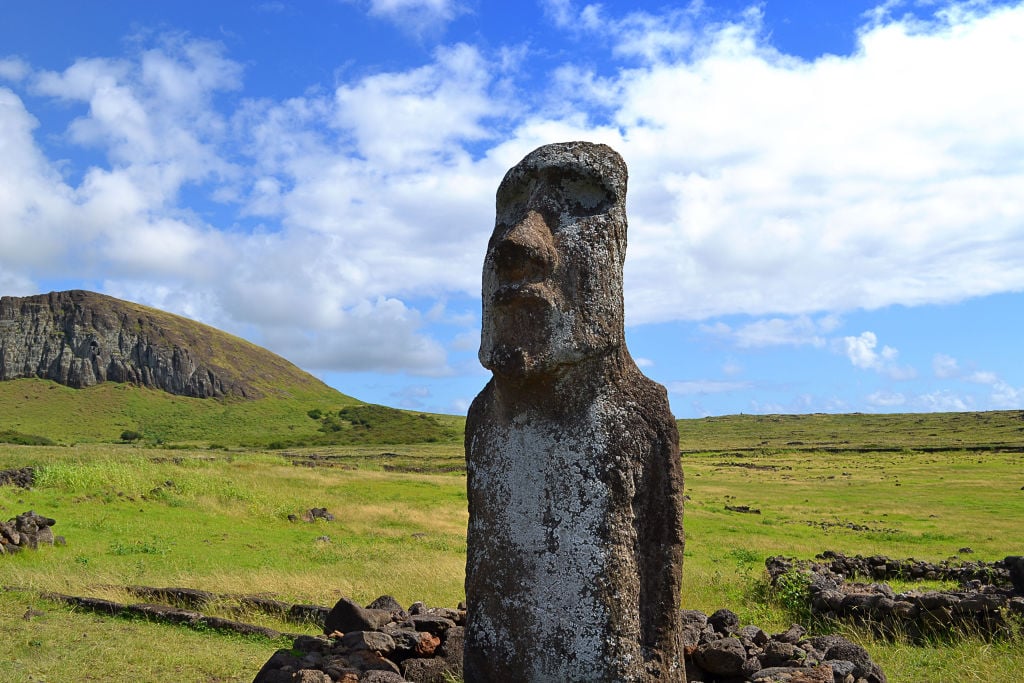
The mayor of Easter Island is determined to restrict vehicular access to heritage sites after a runaway truck collided with a sacred statue. The accident caused “incalculable” damage to one of the island’s famous moai statues. The pick-up truck, which was driven by a Chilean national who lives on the Pacific island, rolled down a hill and toppled the standing figure in the crash. Preliminary investigations suggest that the accident was due to a brake failure.
Moai are sacred to the indigenous people of the island, which locals call Rapa Nui. The community believes that the monuments contain spirits, and the stone figures are regarded as living embodiments of their ancestors.
The island’s mayor, Pedro Edmunds, says he will propose new traffic rules to the city council after the accident on Sunday, March 1. The politician says he wants to ban vehicles from entering heritage and archaeological sites to protect the sculptures and avoid a repeat of the accidental damage.
He told local media outlet El Mercurio that a municipal ordinance restricting vehicle access to sacred sites was proposed eight years ago but “everyone refused.”
That reluctance looks set to change as the number of tourists continues to grow. The mayor said that around 12,000 tourists arrive each month, swelling the island’s population, which has recently jumped from 8,000 to 12,000 people.
A photo of the aftermath from the posted to the Facebook page of the Comunidad Indígena Ma’u Henua. Courtesy @comunidadmauhenua on Facebook.
The owner of the truck has been formally charged with the crime of damaging a national monument. He faces a fine of between 2,502,050 and 10,004,200 Chilean pesos ($3,000 to $12,000) as well as other criminal consequences pending the conclusion of a 90 day investigation into the incident.
The standing figures are shrouded in mystery. Archaeologists recently proposed that they were placed close their sources of fresh water—a precious resource. As well as moments to their ancestors, it turns out they may have also served a more utilitarian purpose.